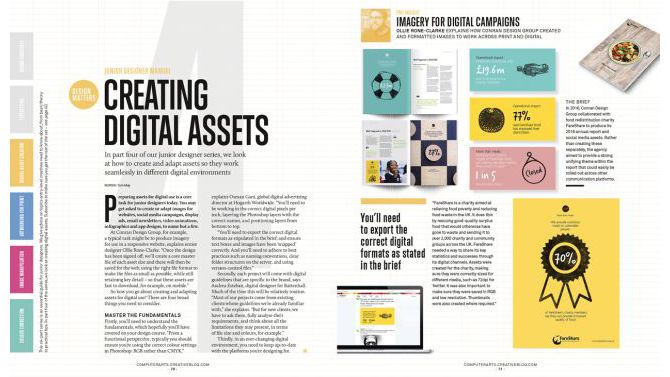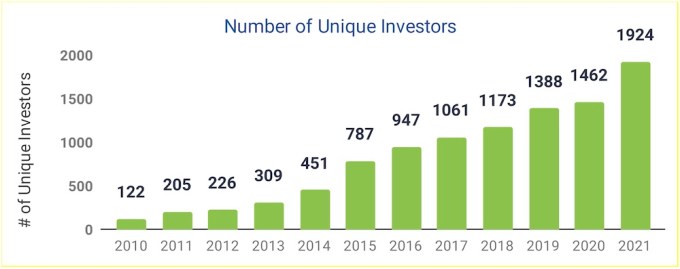-

Color in web design: all you need to know
The success of any piece of visual communication depends on colour. Research into the impact of colour in marketing tells us that it takes the average person just 90 seconds
-

4 Tips for boosting sales of your designs online
If you've been hard at work in your spare time creating stunning paper art or impressive poster designs, selling your merchandise online can be a quick way to...
-

Classic Rubik's Cube gets a high-tech twist
Originally designed in 1974 and launched internationally in 1980, Rubik's Cube is a design classic that's sold by the hundreds of millions. Over the years, it...
-

5 Quick-fire portfolio tips from design experts
Your design portfolio is one of your most useful tools. It can win you commissions, help you snag a new design job, attract collaborators, and get your work in...
-

Get started with editorial design
Editorial design can be a daunting task for someone who isn’t used to formatting large amounts of text. The skills you'll need are different to those of...
Popular Post
-
A U.S. government operation has dismantled the infrastructure of the notorious Qakbot malware, which officials say caused “hundreds of milli...
-
Utu , a travel tech company that helps flyers get more out of their tax-free shopping, announced today it has raised a $35 million Series B ...
-
Hulu is slowly rolling out a new interface on streaming devices like Fire TV, Apple TV and Roku, among other compatible devices. The new red...
-
The 8R tractor has been in select customers’ hands for “a few seasons” now, according to John Deere. After all, like any kind of autonomous ...
Search This Blog
Powered by Blogger.
Labels
Labels
- Technews (3093)
Most view post
-
On January 1, a technologist who goes by the nickname regexer received an email saying he had successfully reset his account at the crypto e...
-
Welcome back to This Week in Apps, the weekly TechCrunch series that recaps the latest in mobile OS news, mobile applications and the overa...
-
TikTok is testing its own version of Twitter’s retweet with the addition of a new “Repost” button which allows users to amplify videos on th...
Facebook Page
Recent Posts
- Chef Robotics eyes commercial kitchens with $14.75M raise
- Digs raises $7M for its collaboration platform for home builders
- Apple weighs taking commissions on sideloaded apps in EU, report says
- 1RoundTable bets on ‘long-term, less volatile’ strategy with new growth-stage crypto fund
- Can crypto’s recent wins resurrect venture interest?
Blog Archive
- January (68)
- December (90)
- November (88)
- October (105)
- September (119)
- August (132)
- July (136)
- June (131)
- May (167)
- April (147)
- March (164)
- February (146)
- January (167)
- December (149)
- November (158)
- October (190)
- September (186)
- August (186)
- July (189)
- June (175)
- May (139)
- January (32)
- December (29)
-
Tech news for developer from TOP best newspaper on the world.
-
Our Favorite Blogs
Copyright © 2025
We are Developers | Powered by Blogger
Design by FlexiThemes











